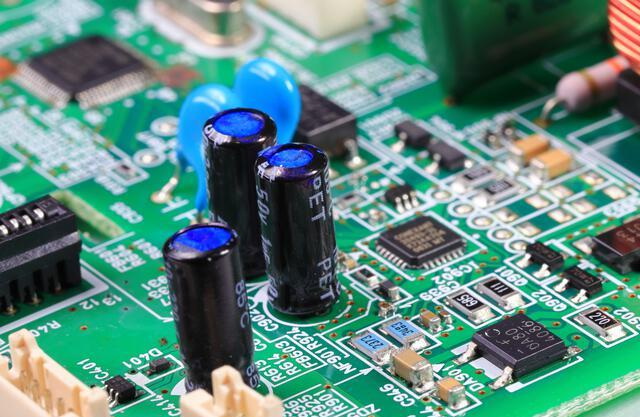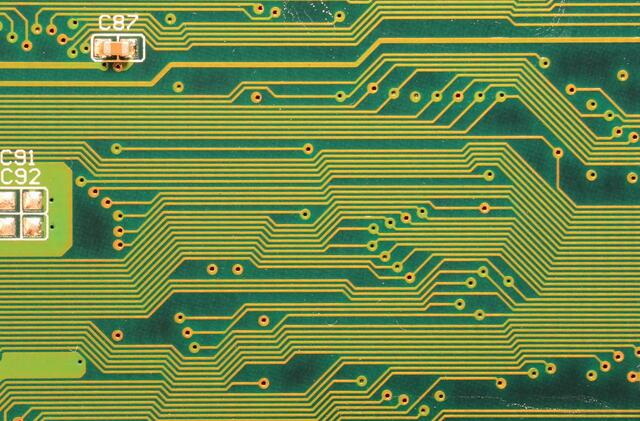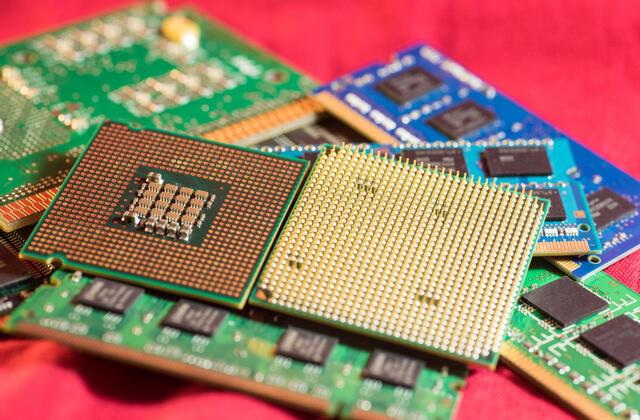Content Menu
● Introduction
● What are SMD Components?
● The Problem of Moisture in SMD Components
● Why Baking is Necessary
● The Baking Process for SMD Components
>> 1. Preparation
>> 2. Temperature Settings
>> 3. Baking Duration
>> 4. Post-Baking Handling
>> 5. Verification
● Additional Considerations
>> Storage Conditions
>> Industry Standards
>> Impact on Production Efficiency
>> Technological Advances
● Conclusion
● FAQ
>> 1. What happens if SMD components are not baked?
>> 2. How long should SMD components be baked?
>> 3. Are all SMD components required to be baked?
>> 4. Can baking damage SMD components?
>> 5. What are the alternatives to baking?
● Citations:
Introduction
Surface Mount Devices (SMD) are essential in modern electronics, enabling compact and efficient designs for various applications. However, these components are particularly vulnerable to moisture, which can significantly impair their functionality and reliability. Therefore, moisture control is a critical aspect of electronics manufacturing, ensuring that SMD components perform optimally throughout their lifespan.

What are SMD Components?
SMD components are electronic parts that are mounted directly onto the surface of printed circuit boards (PCBs). They come in various forms, including:
- Resistors
- Capacitors
- Integrated Circuits (ICs)
- Diodes
- Inductors
These components are favored in many electronic devices due to their small size and high efficiency, allowing for more compact circuit designs. Additionally, the use of SMD components facilitates automated assembly processes, which can significantly reduce production time and costs.
The Problem of Moisture in SMD Components
Moisture can infiltrate SMD components during storage or manufacturing processes. This infiltration can lead to several issues:
- "Popcorning": When moisture trapped inside a component expands during soldering, it can cause physical damage to the component. This phenomenon occurs because the rapid heating causes steam to form, leading to explosive failures that can crack or delaminate the component.
- Device Failure: Moisture can lead to electrical failures, affecting the overall performance of the device. It can create conductive paths on circuit boards or within components, leading to short circuits or erratic behavior.
- Increased Production Costs: The need for rework or replacement of damaged components can significantly raise production costs. Furthermore, if defective products reach customers, it can lead to warranty claims and damage to the manufacturer's reputation.
Understanding these risks highlights the importance of moisture management in electronics manufacturing.
Why Baking is Necessary
Baking SMD components is a crucial process designed to eliminate absorbed moisture. This procedure serves several important functions:
- Prevention of Defects: By removing moisture before soldering, manufacturers can prevent defects such as popcorning and ensure that components adhere properly to the PCB. This step is particularly vital for high-reliability applications where failure is not an option.
- Preservation of Integrity: Baking helps maintain the structural integrity of SMD components, ensuring they perform reliably under operational conditions. Components that have been properly baked are less likely to suffer from thermal stress during soldering.
- Preparation for Reflow Soldering: A dry component is essential for effective reflow soldering, which is a common method used to attach SMDs to PCBs. If moisture is present, it can interfere with the soldering process and result in poor connections.
- Regulatory Compliance: Many industries have strict standards regarding moisture control in electronic components. Baking helps manufacturers comply with these regulations, ensuring product quality and reliability.
The Baking Process for SMD Components
The baking process involves several steps and adheres to established industry standards, such as J-STD-033. Here's a general overview of the baking procedure:
1. Preparation
- Components should be placed in a clean oven designed for baking.
- Ensure that there is adequate airflow around the components for even heating.
- Use trays or racks that allow for proper spacing between components.
2. Temperature Settings
- The typical baking temperature ranges from 100°C to 125°C. Lower temperatures may be used for longer durations if necessary.
- It is crucial to monitor temperature closely to avoid overheating sensitive components.
3. Baking Duration
- Depending on the moisture sensitivity level (MSL) of the components, baking times can vary:
- MSL 1: No baking required.
- MSL 2: Bake for 24 hours at 125°C.
- MSL 3: Bake for up to 48 hours at lower temperatures if needed.
- MSL 4: Requires careful monitoring; typically baked at lower temperatures for extended periods.

4. Post-Baking Handling
- After baking, components should be handled carefully and stored in low-humidity environments to prevent reabsorption of moisture.
- Use anti-static bags or containers with desiccants to maintain low humidity levels during storage.
5. Verification
- It's essential to verify that the baking process has effectively removed moisture. This can be done through visual inspection or using specialized equipment like humidity sensors.
Following these steps ensures effective moisture removal while minimizing risks associated with overheating or damaging the components.
Additional Considerations
Storage Conditions
Proper storage conditions play a critical role in preventing moisture absorption after baking. Components should be stored in controlled environments where temperature and humidity levels are monitored regularly.
- Humidity Control: Using dehumidifiers or climate-controlled storage areas helps maintain optimal conditions for sensitive components.
- Use of Desiccants: Including desiccant packs in packaging can absorb any residual moisture and protect against environmental humidity during storage and transportation.
Industry Standards
Adhering to industry standards such as IPC/JEDEC J-STD-033 is essential for manufacturers. These standards provide guidelines on handling, baking, and storing moisture-sensitive devices (MSDs). Compliance not only ensures product quality but also enhances customer confidence in the reliability of electronic products.
Impact on Production Efficiency
Implementing effective moisture control measures improves production efficiency by reducing defects and enhancing yield rates. When manufacturers bake their SMD components correctly before assembly, they minimize rework and scrap rates associated with failed solder joints or damaged parts.
Technological Advances
As technology advances, new methods for moisture control are being developed alongside traditional baking techniques. Innovations such as vacuum packaging and nitrogen flushing are gaining popularity as alternatives or supplements to baking processes. These methods help create an inert environment that minimizes moisture exposure during storage and transport.
Conclusion
Baking SMD components is a vital step in ensuring their reliability and performance in electronic devices. By effectively removing moisture, manufacturers can prevent defects during soldering and enhance the longevity of their products. As technology continues to evolve, maintaining stringent moisture control measures will remain essential in electronics manufacturing.
The importance of proper handling procedures cannot be overstated; they play a crucial role in maintaining product quality from production through delivery. By investing time and resources into appropriate baking practices and storage solutions, manufacturers can significantly enhance their operational efficiency while ensuring that their products meet industry standards.

FAQ
1. What happens if SMD components are not baked?
If SMD components are not baked, they may retain moisture that can lead to defects during soldering, resulting in device failure and increased production costs.
2. How long should SMD components be baked?
The baking time depends on the component's moisture sensitivity level (MSL). Generally, MSL 2 components should be baked for about 24 hours at 125°C.
3. Are all SMD components required to be baked?
Not all SMD components require baking; it depends on their moisture sensitivity level. Components classified as MSL 1 typically do not need baking.
4. Can baking damage SMD components?
If not performed correctly, baking can damage components due to overheating. It is crucial to follow industry guidelines regarding temperature and duration.
5. What are the alternatives to baking?
Alternatives include using desiccant packs or vacuum sealing methods to prevent moisture absorption during storage and handling.
Citations:
[1] https://worldsway.com/printed-circuit-board-bake-out-process-and-quality-control/
[2] https://www.proto-electronics.com/blog/how-to-deal-with-moisture-and-sensitive-devices-on-pcb
[3] https://en.iclabcn.com/473.html
[4] https://www.auspienterprises.com/import-baking-step-before-smt-process/
[5] https://apc-pcbassembly.com/2020/05/11/the-reason-why-the-component-need-to-be-baked-before-reflow-soldering/




















